 Did you know that there is at least one tree on island that you shouldn’t ever touch or even stand underneath in the rain? The manchineel tree is toxic, and its sap can cause quite the burn. Curious? Want to know more? Then read on!
Did you know that there is at least one tree on island that you shouldn’t ever touch or even stand underneath in the rain? The manchineel tree is toxic, and its sap can cause quite the burn. Curious? Want to know more? Then read on!
The Manchineel Tree on St. John
For those of you who’ve driven past Haulover on St. John’s East End, you may have noticed a good sized warning sign right beside the road. The sign is posted to educate people about the manchineel tree, one of the earth’s most toxic trees. It says:
Warning!
Manchineel Tree
Columbus described the small green fruits from these trees as “death apples.” The trees are common along Caribbean shores and contain a sap that can be harmful if touched. Avoid contact with any part of this tree.

(Prior to the storms, there was a second manchineel tree that was marked over near Annaberg.)
How Did the Manchineel Tree Get Its Name?
The botanical name for the Manchineel tree is Hippomane mancinella. Hippomane is actually derived from two Greek words: Hippo for horse and mane, which is a derivative of the word mania. The way the story goes is that a Greek philosopher gave the name Hippomane to a plant after realizing that horses became crazy after eating it. The word Manchineel, on the other hand, was derived from the Spanish word manzanilla, which means little apples. (The manchineel tree bears small fruits that resemble small apples.)
So in a roundabout way, Hippomane mancinella is an easier way to say little apples that make horses go crazy. And that my friends, is how the manchineel tree got its name. (Ok, we completely embellished that last part!)
Why You Shouldn’t Touch a Manchineel Tree
But seriously, the manchineel tree is not something you want to mess around with. The manchineel tree produces a form of sap that can ooze out of its bark, branches, leaves and fruit. This sap is especially dangerous as it can cause serious, burn-like blisters when it touches the skin. So this is one tree that you definitely do not want to stand underneath during a rainstorm.
Ingesting any part of this tree, including its fruit, can cause serious inflammation. Every single bit of this tree is poisonous. If you touch or ingest any part of it, the results could be fatal.
So you may be wondering why the tree is still standing in the Virgin Islands National Park… It’s endangered.
The manchineel tree is native to the Caribbean, Mexico, Central American and parts of southern Florida. It typically grows along the coastline and among the mangroves. When mature, the manchineel tree can grow up to 50 feet.
Bottom line: Stay as far away from this tree as possible. And if you’d like to take a pic, you probably should do that from afar.
News you can use today, folks! Have a great one! I can’t wait until you all can visit us again! 🙂
St. Johnopoly, St. John’s only board game, is available and is still shipping. If you would like a bit of St. John to arrive at your doorstep, you can order yours at www.newsofstjohn.com/stjohnopoly
- For the latest updates on COVID-19 and how it relates to St. John, please visit www.newsofstjohn.com/virus.
- For the latest information on closures, please visit www.newsofstjohn.com/closed.



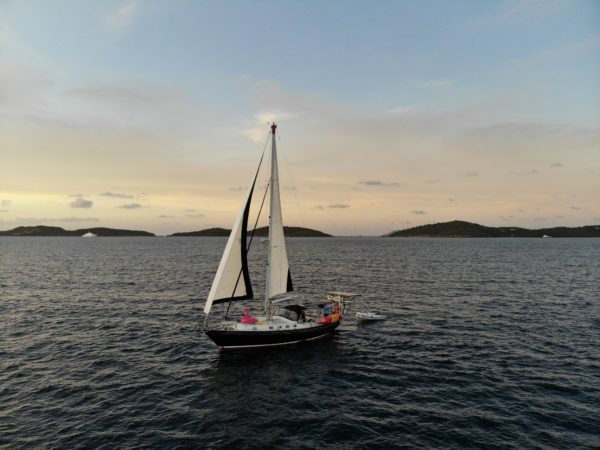
















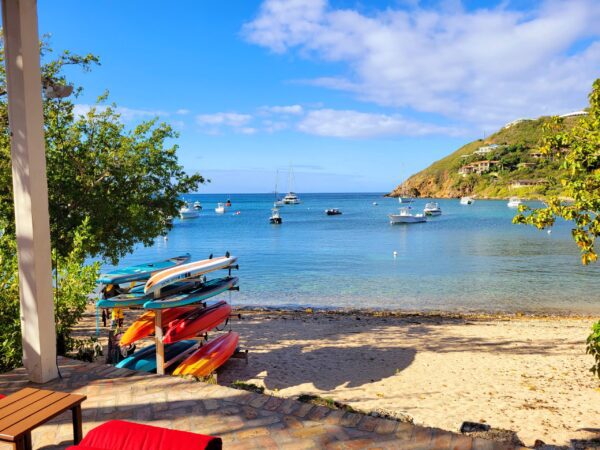
















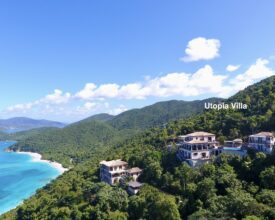



































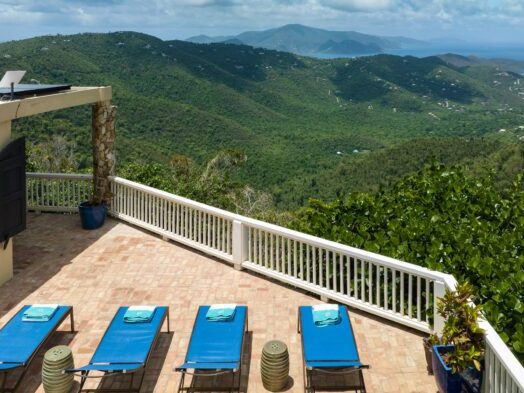







































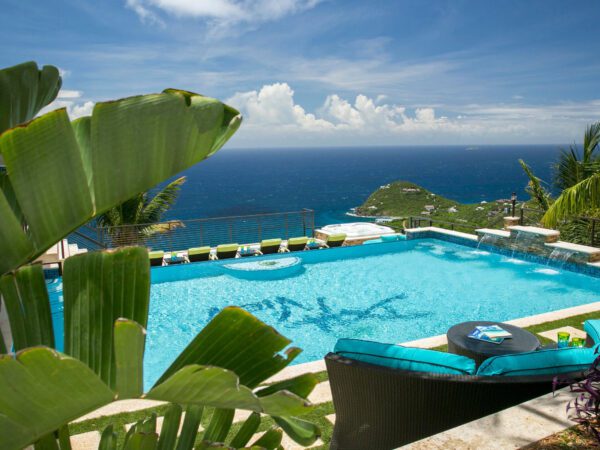






These trees are also located at the beginning of the beach at Salt Pond Bay, on the road to
Annaberg Plantation, At the western end of the beach at Trunk Bay and at the western mini beach on Hawksnest Bay
So here’s a question somewhat on topic. I have been living out on the East End for the past year (lucky I found a great lease). I am currently dog sitting/house sitting and lost one of the little gremlins for a period of time about a week ago. The poor guy is very old and I thought perhaps with his dad gone we just decided to go die in the woods. Morbid thoughts I know. Anyway he did show back up, but so did a horrendous rash on my body, which I am guessing is from scouring the woods for him. It resembles poison ivy and is now finally starting to dry up, it wasn’t particularly itchy- but did get fairly itchy right before it started to dry up. Someone told me it was mango rash? Anyone have any thoughts to a poison ivy rash on St. John?
Photos and more information: https://www.google.com/search?q=hippomane+mancinella&rlz=1C9BKJA_enUS881US885&oq=hippomane&aqs=chrome.1.69i57j0l3.6496j0j7&hl=en-US&sourceid=chrome-mobile&ie=UTF-8
There is a Manchineel on Little Lameshur also. It has never been marked. Located on the west end of the beach. It appears that Irma killed it. I haven’t checked lately for new growth. Hoping it doesn’t come back.
tell the guy doing burpees in the background of the beach bar webcam…i’m impressed !
Thanks for the interesting tidbit about the manchineel tree!!! I have always wondered about that sign and am glad I did not investigate!!
Does anyone know what purpose the machineel tree serves? What’s it’s place in the food chain?
I thought there was one at Cinnamon also.
Marc- it sounds like you got tangled in some Christmas bush. It’s pretty hard to notice when it has been dry. Other times you will see the holly like leaves and red berries. It is not a fun bush to brush up against. And it does look like poison ivy rash on your skin. If you brush against it , you want to wash with a lot of soap as soon as possible.
I was out at Haulover a few weeks ago and across the street in one of the parking spaces it looked like a Manchineel sapling had sprung up. I’m not sure but kept my distance just in case.
Cut the damm tree down and burn it. Why risk harming anybody. Get rid of it!!!!!!!!!!